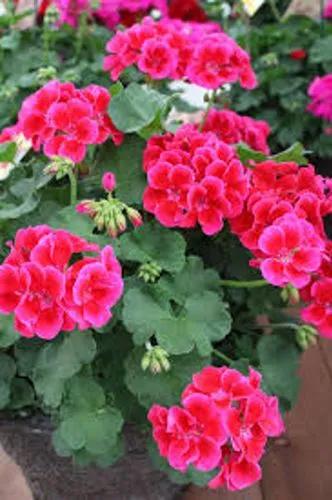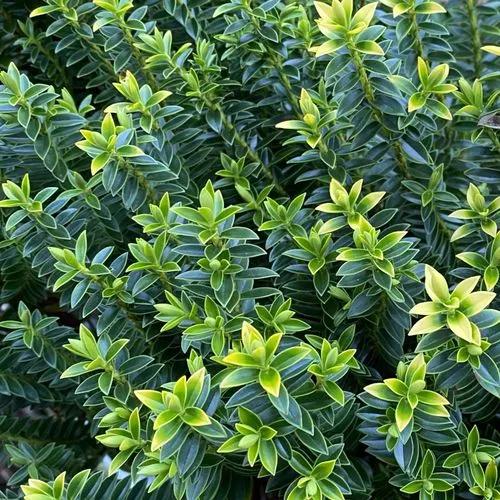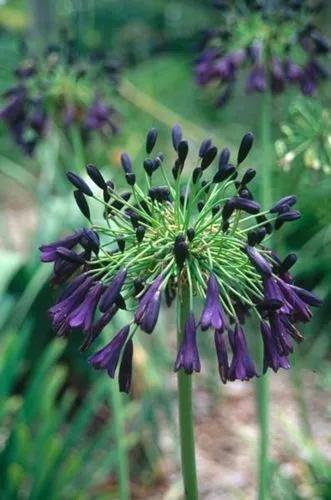Neslia paniculata (commonly called ball mustard) is a plant species in the family Brassicaceae. The name comes from the ball-shaped fruits that contain a single seed within an indehiscent fruit coat. It is an annual where the seeds germinate in autumn to winter and grow into a flattened rosette of leaves that develop vertical flowering stems in the spring. These can be up to 1 metre tall. The flowers open in late spring/early summer and the seeds are mature by summer
Ball Mustard Care
Neslia paniculata



It is a native plant of temperate regions of Eurasia. It can also be found in much of the northern and southern regions of the Americas, Australia and also Britain. It is considered a weed in many of these regions introduced from agricultural seed and can be a problem in cereal and especially other brassica crops. Its seed pods can contaminate harvests of mustard and rape/canola, even after cleaning. At the other end of the spectrum, within some its original region it has become a threatened or rare arable plant as a consequence of improved agricultural practices. Yellow ball-mustard is native to central Eurasia and introduced across northern North America and throughout New England. It is a significant weed in some areas, and is a contaminant of both canola (rape) and condiment mustard crops due to the seeds being nearly the same size.
This plant is useful.
This plant might be poisonous
How to get rid of:
How to Care for the Plant

Popularity

8 people already have this plant 3 people have added this plant to their wishlists
Discover more plants with the list below
Popular articles






